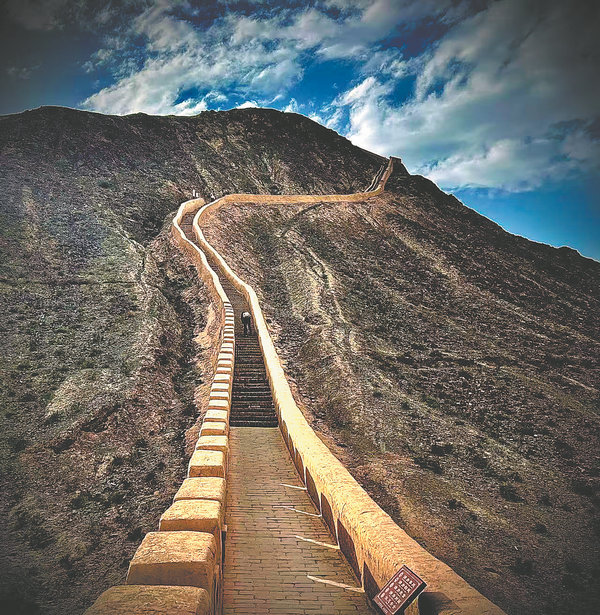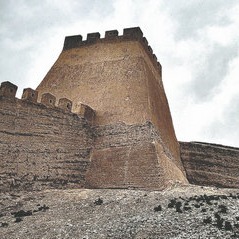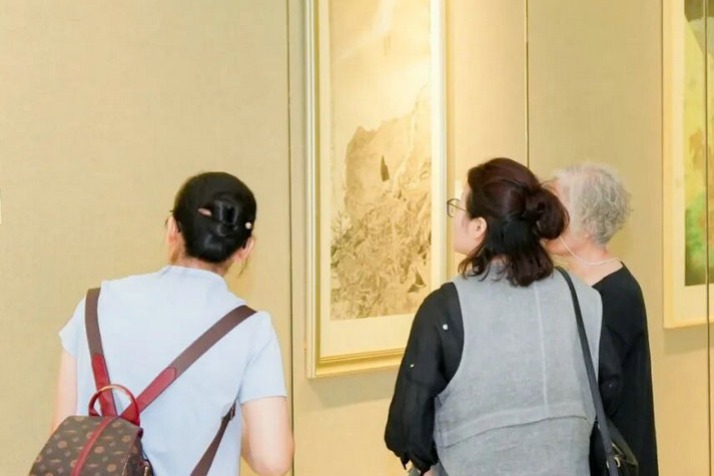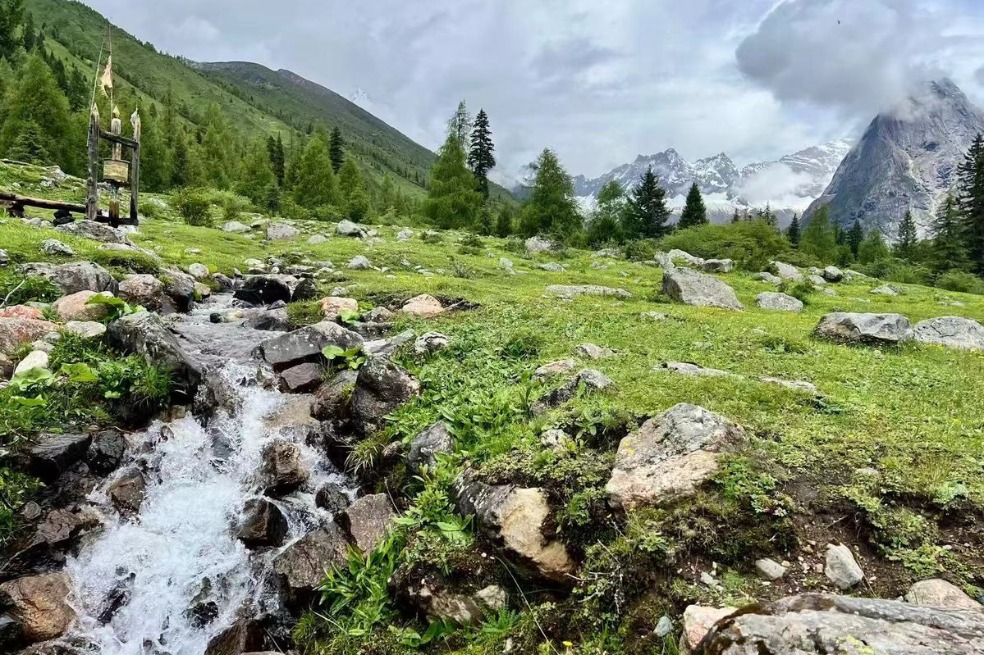Beyond the Great Wall's end
Jiayuguan's fortifications safeguard an archaeological and social legacy, whose building blocks are equal parts brick and spirit, Erik Nilsson and Hu Yumeng report.


Ultimately, our understanding of this splendid structure at the edge of the ancient empire is built not only on actual history but on a sense of story that stands on the frontier of truth and sometimes sneaks across its borders into the realm of myth.
That's because Jiayuguan's geographic location intersected with its sociopolitical position, mapping a cultural landscape at a coordinate where the longitude of fact crosses the latitude of lore.
Truly, this gateway of the Hexi Corridor — a fertile valley swooping between the Heishan and Qilian mountain ranges — was busiest during the Silk Road traffic peaks of the Han (206 BC-AD 220) and Tang (618-907) dynasties. It was traversed by officials, warriors, monks and traders of various ethnic groups.
Even when trade along this route waned in later periods, the reduction was relative. Many of the remaining Ming-era flagstones are grooved by the thousands of wheels that rolled atop them and ultimately ground into them over the centuries.





































